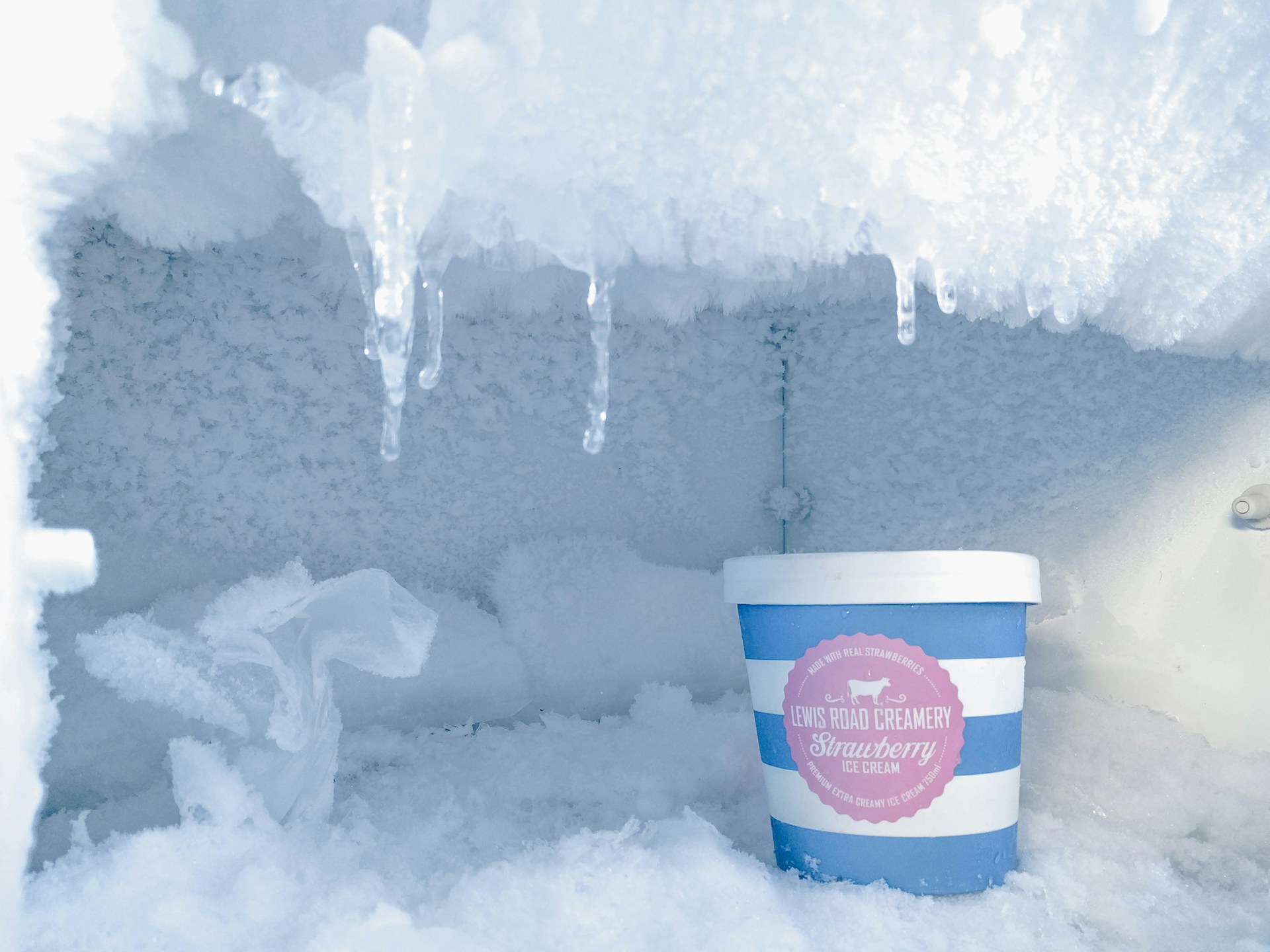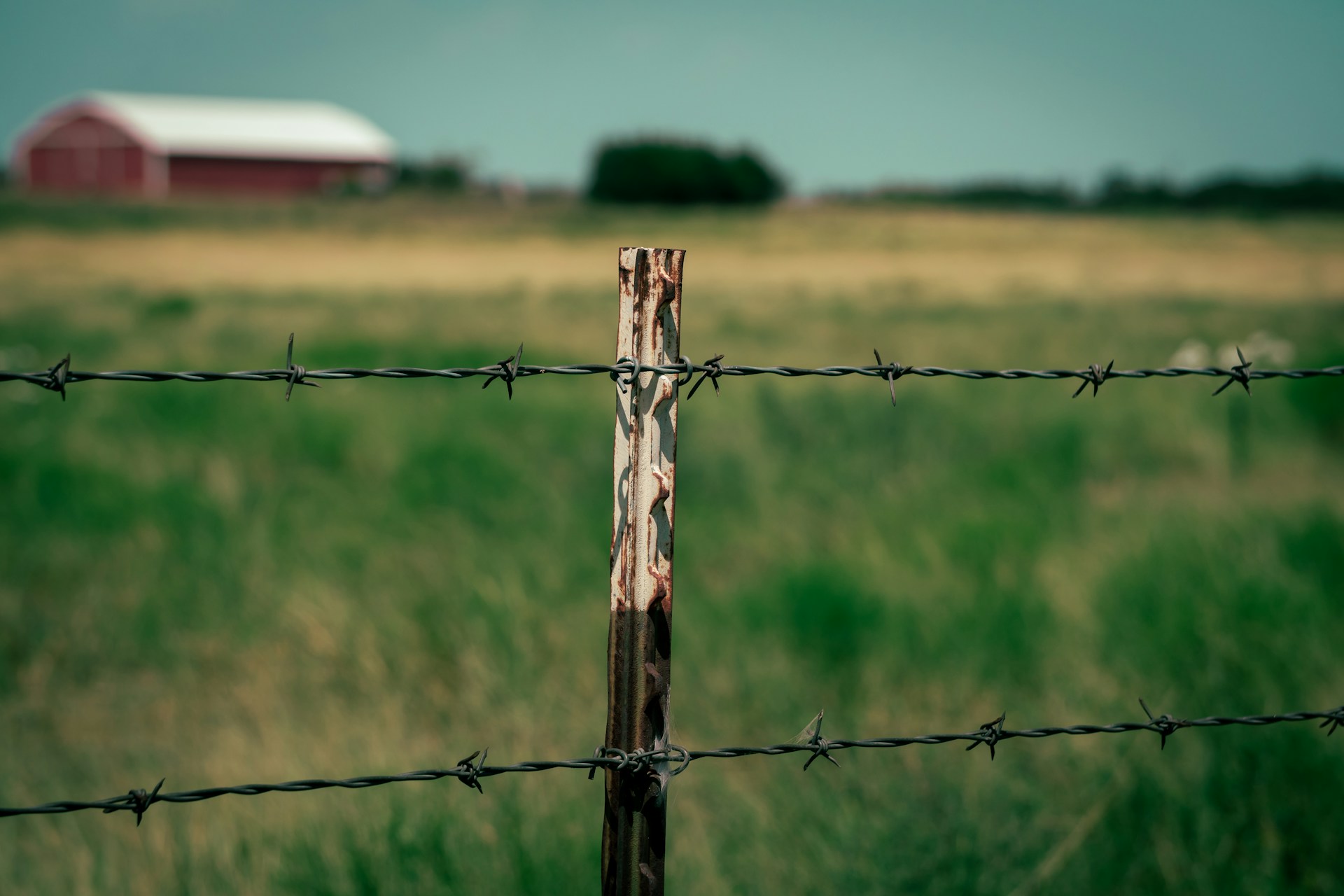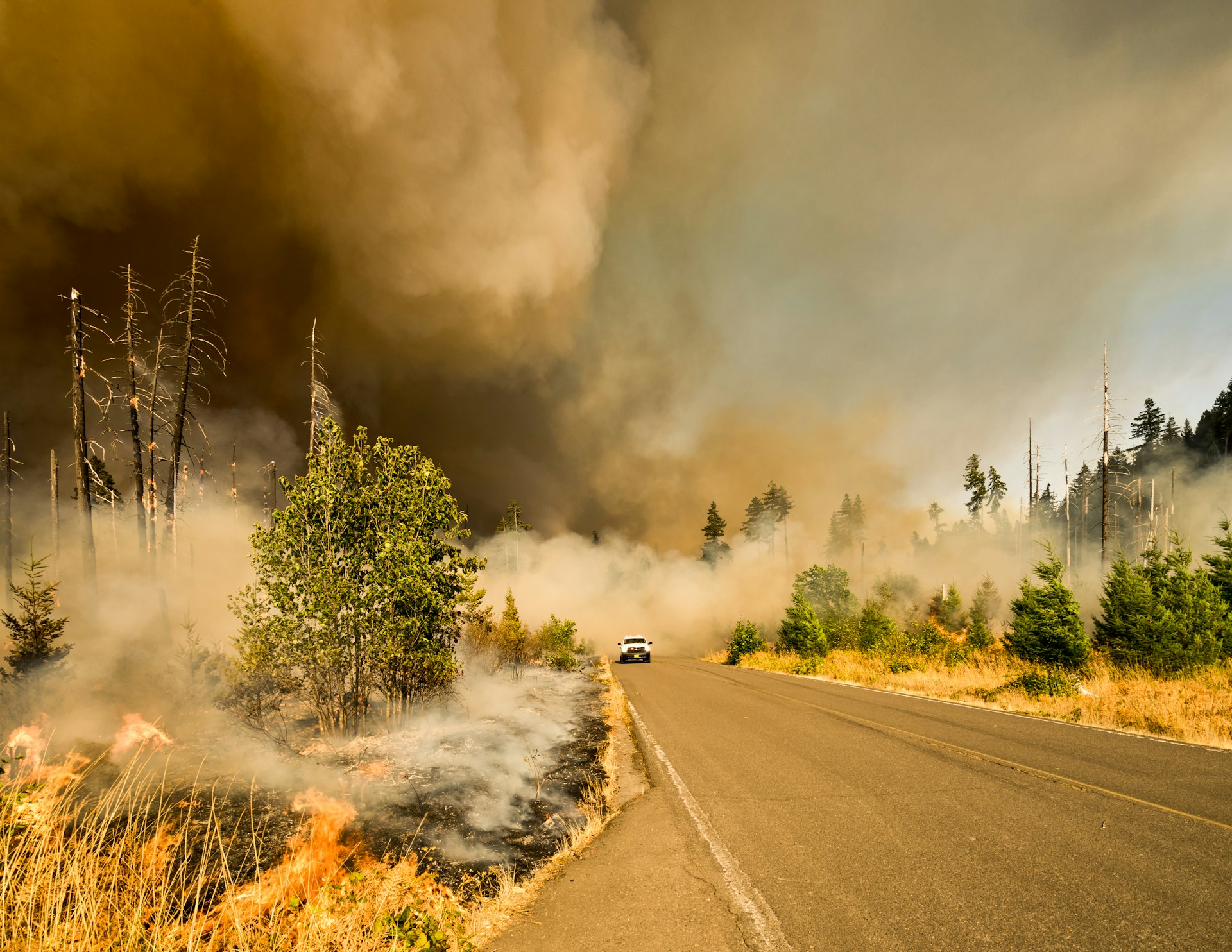Preparedness
Freezer Failure Survival: Keep Your Food Investment Safe

Experiencing a freezer malfunction can be a daunting situation, potentially leading to the loss of a significant investment in food, time, and money. Understanding how to manage this type of emergency is crucial, and the best time to prepare for it is before it happens.
Freezers can stop working for a variety of reasons, such as mechanical issues, power outages, or human error. When you discover that your freezer is no longer functioning, the first step is to keep the door closed. This simple action can prevent food from thawing for 15 to 20 hours in a well-stocked freezer.
To address the issue, start by identifying the cause. It could be as simple as a blown fuse, a broken electrical circuit, or an accidental disconnection. In these cases, restoring normal operation should be your priority, followed by checking the food for signs of thawing.
In the event of a power outage, contact your utility company to determine how long the power will be out. If the problem is mechanical, consult your freezer’s instruction manual to see if there’s a quick fix you can perform. If not, find out how soon a repair technician can service your appliance.
If it seems unlikely that your freezer will be operational within a day, consider relocating your frozen goods to another working freezer. Friends or neighbors might have available space, or you could explore local freezing facilities.
When transferring food, use insulated boxes or wrap the items in thick layers of newspaper and blankets. Once removed from the freezer, transport the food to a functioning freezer as quickly as possible. Meanwhile, unplug your freezer, defrost it according to the manual, and clean it thoroughly. While it’s not in use, keep the door slightly ajar to allow air circulation, ensuring it’s propped open to prevent accidents.
Should alternative freezer space be unavailable, dry ice can be a viable option to keep your food frozen. Look in the yellow pages under “Dry Ice” or “Carbonic Gas” for local suppliers. Remember, dry ice is extremely cold, so handle it with heavy gloves to avoid burns. Let the supplier cut the ice into manageable pieces and wrap them in newspaper for you.
For a 20-cubic foot freezer, a 50-pound block of dry ice can preserve solidly frozen food for 36 hours. In a half-full 10-cubic foot freezer, 25 pounds should maintain freezing temperatures for two to three days. Place heavy cardboard over the food in each compartment and position the dry ice on top. Keep the freezer closed but unlocked, and only open it to replace the dry ice or when the freezer is operational again.
To enhance insulation, cover the freezer with blankets or quilts, and add crumpled newspaper or other insulating materials between the cabinet and the coverings. Ensure these coverings do not obstruct the air vents, as unexpected power restoration will require ventilation.
Dry ice emits carbon dioxide gas, which needs an escape route. It evaporates without leaving liquid, but you might notice an off-odor upon reopening the freezer. This smell is carbonic acid, a harmless byproduct of dry ice and moisture interaction. Simply leave the door open for a few minutes to dissipate the odor.
In winter, you can use snow and ice for temporary storage. Line a plastic garbage can with a clean bag, place the frozen food inside, secure the bag, and tightly close the lid. Bury the can in snow to keep the contents frozen for four to five days.
Finally, if some food has thawed, assess its condition and determine whether it can be safely refrozen or should be used immediately.
Let us know what you think, please share your thoughts in the comments below.

Preparedness
Zombie Apocalypse Survival Guide

A Realistic Plan for Staying Alive When the Dead Don’t Stay Dead
When society falls apart and the dead start walking, panic helps no one. Whether you’re facing a virus, invasion, or total breakdown of order, survival depends on preparation, strategy, and the right mindset. This guide covers what you need to stay alive when the world stops playing by the rules.
1. Mindset: Stay Calm, Stay Smart
Your brain is your most valuable weapon. Panic gets people killed faster than zombies do. Take a moment to breathe, assess your surroundings, and plan your next move.
Stay adaptable—no plan survives first contact with chaos. Every decision should balance risk and reward: don’t fight when you can hide, and don’t run when you can wait.
2. Finding Shelter
Your home is your first stronghold. Reinforce doors with furniture, nail down loose boards, and block low windows. Keep your lights off or covered at night to avoid drawing attention.
If you must relocate, choose high ground or structures that are defensible and easy to escape from warehouses, schools, or small rural buildings work best. Always know your exits and keep a backup escape route.
Pack a go-bag so you can leave at a moment’s notice:
- Flashlight with extra batteries
- First-aid kit and personal medications
- Water purification tablets or filters
- Non-perishable food and utensils
- Sturdy clothing, gloves, and boots
- Copies of IDs and emergency contacts
3. Food and Water
You can survive weeks without food but only a few days without water. Store bottled water and learn to purify natural sources with boiling, filtering, or tablets.
When it comes to food, go for lightweight, calorie-dense items: canned meats, beans, peanut butter, oats, rice, and trail mix. Rotate supplies so nothing expires, and learn basic preservation methods like drying or smoking meat.
4. Defense and Safety
Weapons aren’t just about fighting they’re tools. A crowbar, machete, or shovel can open doors, build barricades, and protect you when needed. Avoid firearms unless you’re trained, as noise attracts attention.
Stealth beats strength. Move quietly, avoid crowds, and use the environment to your advantage. Keep your back to a wall and your escape route clear.
5. Forming Alliances
Survival is easier in numbers but only with the right people. Small, trustworthy groups work best. Divide roles: scavenger, medic, lookout, builder. Share resources but establish clear boundaries.
Communication is vital. Use hand signals, radios, or notes to stay connected. Plan rendezvous points in case your group gets separated.
6. Health and Endurance
Injuries or infections can end you faster than any zombie bite. Keep wounds clean, stay hydrated, and rest whenever possible.
Hygiene matters dirty hands lead to disease. If you’re low on medical supplies, learn basic first aid and herbal substitutes.
Exercise and mobility are survival assets. You don’t need to be a marathon runner, but stay fit enough to climb, lift, or sprint when needed.
7. Mental Survival
The apocalypse isn’t just physical it’s mental. Loneliness, fear, and exhaustion can break you. Keep a routine, talk to others, and give yourself small goals. A clear purpose keeps your mind sharp and your morale strong.
Hold onto your humanity. Help others when you can, but don’t let compassion cloud survival instincts.
8. Long-Term Survival
Once the initial chaos fades, rebuilding becomes the goal. Learn sustainable skills: farming, hunting, fishing, water collection, and mechanical repair. Technology will fail knowledge won’t.
Scout safe zones, set up a perimeter, and plan for future threats beyond zombies scarcity, rival groups, and the environment.
Final Thoughts
In the end, surviving a zombie apocalypse isn’t about brute strength it’s about resilience, awareness, and adaptability. Keep your head, trust your instincts, and move with purpose. The world may fall apart, but survival starts with you.
Preparedness
5 Ways to Embrace Homesteading No Matter Where You Live

In today’s fast-paced world, the dream of self-sufficiency and homesteading is becoming increasingly appealing. However, many people believe that a significant amount of land is necessary to embark on this journey. The truth is, homesteading is a mindset and lifestyle choice that can be adapted to any living situation. Whether you’re in a city apartment or on a sprawling rural property, there are steps you can take towards self-sufficiency. Let’s explore the various ways you can embrace homesteading, no matter your space constraints.
1. Urban Homesteading: Making the Most of Small Spaces
Living in an urban environment doesn’t mean you have to give up on homesteading dreams. Urban homesteaders are creative and resourceful, finding ways to incorporate self-sufficiency into their city lives. Consider raising bees on apartment rooftops instead of livestock, or invest in a community garden plot to grow your own produce. Herbs can thrive on windowsills, and local farmers’ markets are great for sourcing meat and other essentials. Even composting can be adapted with a simple countertop bin.
2. Suburban Homesteading: Backyard Opportunities
For those in suburban areas, backyard homesteading offers a chance to expand your self-sufficiency efforts. A small garden can provide fresh produce for your family, and if local regulations permit, you might even keep chickens for eggs. With a bit more space, you can transition from indoor to outdoor composting. Collaborating with neighbors to share resources, like purchasing a cow together, can also enhance your homesteading experience.
3. The 5-Acre Dream: A Balanced Approach
Owning around 5 acres is often seen as the sweet spot for homesteading. This amount of land allows for a diverse range of activities, from raising chickens, goats, and pigs to maintaining a garden and greenhouse. You can plant fruit trees, establish a mini orchard, and even create a pond for fish farming. This level of homesteading provides a balance between self-sufficiency and manageability.
4. Large-Scale Homesteading: The Full Experience
For those with 10 or more acres, the possibilities for homesteading are vast. With ample space, you can grow your own food, raise cattle, and even chop wood for heating. Additional buildings like barns, root cellars, and greenhouses can support a fully self-sufficient lifestyle. While this level of homesteading requires significant resources and commitment, it offers the most comprehensive self-sufficiency experience.
5. Tailoring Homesteading to Your Lifestyle
Ultimately, homesteading is about what it means to you personally. Whether it’s producing your own food, raising animals, or reducing reliance on commercial products, your homesteading journey is unique. Start by assessing your current space and resources. If you can’t grow a garden, visit local farmers’ markets. If you can’t keep chickens, consider beekeeping or sourcing honey locally. Embrace DIY projects like making your own cleaning products or soap, and sell your creations locally.
In conclusion, homesteading is not defined by the amount of land you have but by the steps you take towards self-sufficiency. Whether you’re in an urban apartment or on a large rural property, there are countless ways to incorporate homesteading into your life. By adapting your practices to your environment and resources, you can embark on a fulfilling journey towards self-sufficiency and sustainability. Remember, every step you take brings you closer to your homesteading dreams.
Let us know what you think, please share your thoughts in the comments below.
Preparedness
Master Wildfire Defense With These Home-Saving Strategies

In the face of increasing wildfire threats, safeguarding your home is more crucial than ever. Wildfires, with their unpredictable nature, can devastate properties in mere moments. However, understanding how fires ignite homes and taking strategic measures can significantly enhance your property’s resilience.
Research highlights that embers and small flames are the primary culprits in home ignitions during wildfires. These embers, essentially burning fragments of wood or vegetation, can be carried by the wind for over a mile, sparking spot fires and igniting structures. Creating a wildfire-defensible zone is a proactive way to protect your home from these threats.
Two critical factors determine a home’s ability to withstand a wildfire: the quality of defensible space around it and its structural ignitability. Together, they form the Home Ignition Zone (HIZ), which encompasses the structure and its immediate surroundings. The goal is to minimize or eliminate fuels and ignition sources within this zone.
Defensible space is a modified area around a structure designed to reduce fire hazards. By treating, clearing, or reducing natural and manmade fuels, you can slow the spread of wildfire. This approach not only protects your home but also prevents a structure fire from spreading to neighboring properties or forests.
Developing effective defensible space involves creating management zones around each building on your property, including garages, barns, and other structures. The design of these zones depends on factors such as the size and type of vegetation present.
The first zone, extending from the home to five feet out, is critical. It is considered a non-combustible area, highly vulnerable to embers. Immediate actions in this zone include:
“Clean roofs and gutters of dead leaves, debris and pine needles that could catch embers.”
“Replace or repair any loose or missing shingles or roof tiles to prevent ember penetration.”
“Reduce embers that could pass through vents in the eaves by installing 1/8 inch metal mesh screening.”
The next zone, spanning five to thirty feet from the home, focuses on landscaping and hardscaping to influence fire behavior. Key strategies include:
“Keep lawns and native grasses mowed to a height of four inches.”
“Remove ladder fuels (vegetation under trees) so a surface fire cannot reach the crowns.”
Finally, the outer zone, extending thirty to one hundred feet (up to two hundred feet), aims to interrupt a fire’s path and keep flames low. Recommendations include:
“Remove vegetation adjacent to storage sheds or other outbuildings within this area.”
“Trees 30 to 60 feet from the home should have at least 12 feet between canopy tops.”
Incorporating goats into your fire mitigation strategy can be particularly effective in challenging terrains. Goats, unlike sheep, are browsers and will naturally prune brush and low tree branches. This behavior aligns with recommended fire prevention practices. A study from the University of Massachusetts Amherst found that alien grasses, which goats tend to consume, can significantly increase wildfire frequency.
“If you throw a bunch of matches into a forest, some small percentage of them might actually start a fire,” explains Bethany Bradley, professor of environmental conservation at UMass Amherst. “But if you throw a bunch of matches into a big hay pile, there’s a good chance that many of those will catch fire.”
To further bolster your home’s fire resistance, consult state and local fire professionals. They can assess your property’s vulnerability and recommend improvements. For new constructions, consider using fire-resistant materials for roofing and siding. A simple metal roof without dormers is ideal, as it sheds embers effectively.
In conclusion, while wildfires pose a significant threat, taking informed and proactive steps can drastically improve your home’s chances of survival. By understanding the dynamics of fire and implementing these strategies, you can protect your property and contribute to a safer community.
Let us know what you think, please share your thoughts in the comments below.
-

 Tactical2 years ago
Tactical2 years ago70-Year-Old Fends Off Intruder with Lead-Powered Message
-

 Tactical2 years ago
Tactical2 years agoVape Shop Employee Confronts Armed Crooks, Sends Them Running
-

 Preparedness1 year ago
Preparedness1 year agoEx-Ballerina’s Guilty Verdict Sends Tremors Through Gun-Owner Community
-

 Preparedness1 year ago
Preparedness1 year agoGood Samaritan Saves Trooper in Harrowing Interstate Confrontation
-

 Tactical2 years ago
Tactical2 years agoMidnight SUV Theft Interrupted by Armed Homeowner’s Retaliation
-

 Survival Stories2 years ago
Survival Stories2 years agoEmily’s 30-Day Experience of Being Stranded on a Desert Island
-

 Preparedness1 year ago
Preparedness1 year agoArizona Engineer’s Headless Body Found in Desert: Friend Charged
-

 Preparedness1 year ago
Preparedness1 year agoBoy Saves Dad from Bear Attack with One Perfect Shot